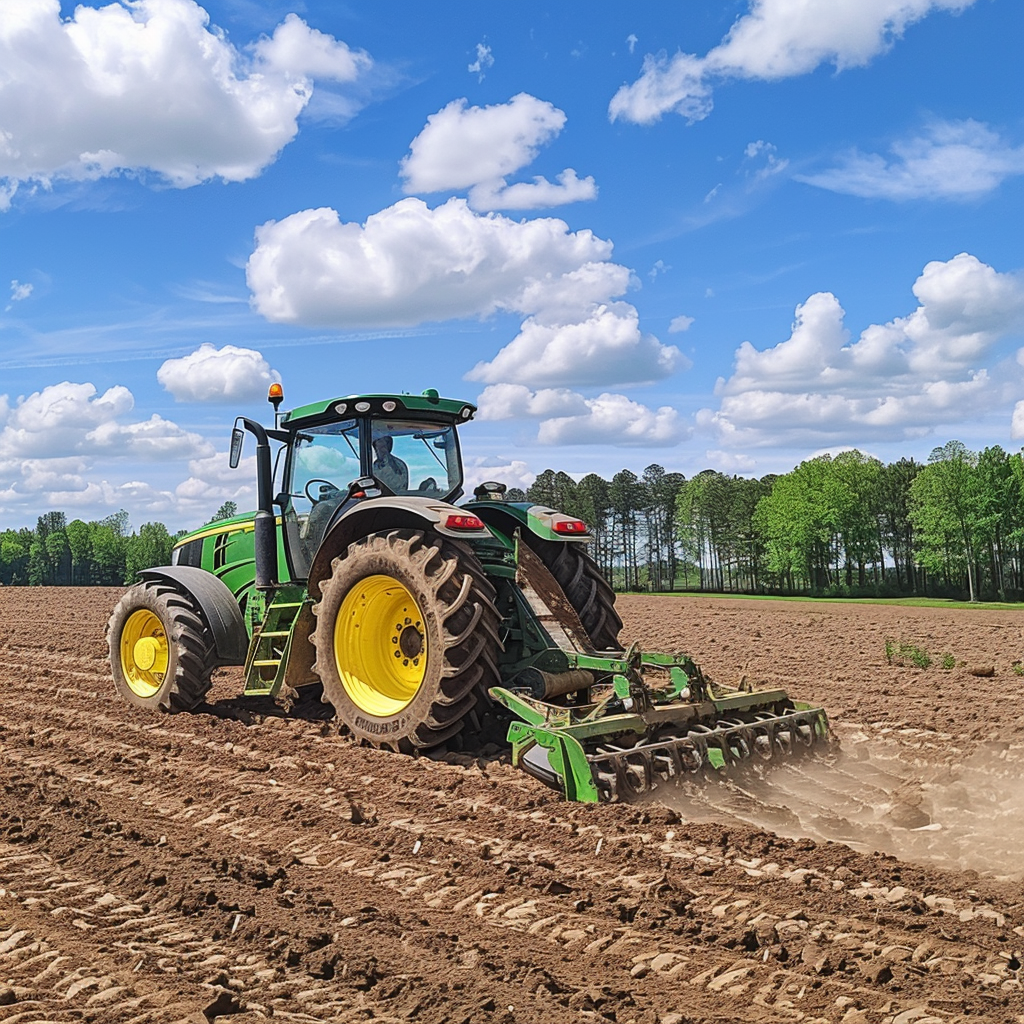When I was about 14 years old, my Grandfather assigned me the responsibility of pulling the plow behind a tractor to turn the fields over. He did not trust me to create the straight lines for irrigation channels yet, but this initial work of turning the field in preparation for planting was less precise. At first, things went well. I was very slow and patient as I pulled the plow, but after a few acres, I got impatient, and I started trying to speed things up. I found myself going over the field faster, and as I did so, the plow was less effective. I ended up having to go back over the field a few times, taking almost twice as long as normal. What was going on here? I did not know it then, but the lesson that I learned that day about pulling a plow would continue to be a principle that I would follow for the rest of my life.
You see, a plow, in order to be effective, has to be pulled slowly to gain purchase and dig effectively into the earth. There are several principles at play here that are important to consider:
- Force and Pressure Distribution: When pulling a plow, the force exerted by the plow on the soil must be significant enough to penetrate the earth. Moving slowly allows the weight of the plow to be more effectively transferred into downward force and pressure. This downward pressure is critical for breaking the soil and maintaining a consistent depth, which is harder to achieve at higher speeds.
- Soil Interaction: The interaction between the plow and the soil is complex. At slower speeds, the plow blade has more time to interact with the soil, ensuring that it cuts, lifts, and turns the soil properly. This is especially important in denser, harder soils, where quick movement might result in the plow skimming over the surface rather than cutting into it.
- Control and Accuracy: Operating the plow at a slower pace gives the farmer better control over the equipment, enhancing the accuracy of the plow’s path and depth. Precision is crucial for consistent crop growth and soil management.
- Energy Efficiency: While pulling a plow slowly might seem less efficient, it actually helps conserve the energy of the animal or machine pulling it. Rapid pulling requires more power and often leads to increased wear and tear or the risk of the plow becoming stuck or misaligned.
I did not understand all this at age 14; rather, my Grandfather just told me to slow down. He eventually told me to engage the tractor’s gear and let it idle through the field without applying any gas at all. As I did so, the plow would sink deep into the earth and tear the ground equally and evenly as I went up and down the fields. I learned to let the plow do the work, not to rush things, but rather patiently allow the machine to tear deep into the soil as intended.
I borrow from this concept frequently even though I am older and have not been on a tractor in decades. I find myself being impatient with my progress and wanting to speed things up all the time. From working out at the gym to running to starting and growing a business, I have had to remember this powerful lesson about energy efficiency. I must allow enough time for the people, processes, and tools to sink in and transfer their efforts to the work before I am impatiently dragging them along to the next objective.
How often are we pulling our teams too fast, not allowing them to gain purchase over the task before them? This is probably one of the single largest causes of failure in highly productive people. There is indeed a real cause for concern in going too fast. Not only is accuracy and control in question but the ability of the team that you are leading to be effective. When pulling the plow, it is important to pull slowly, with deliberation and consistency.




